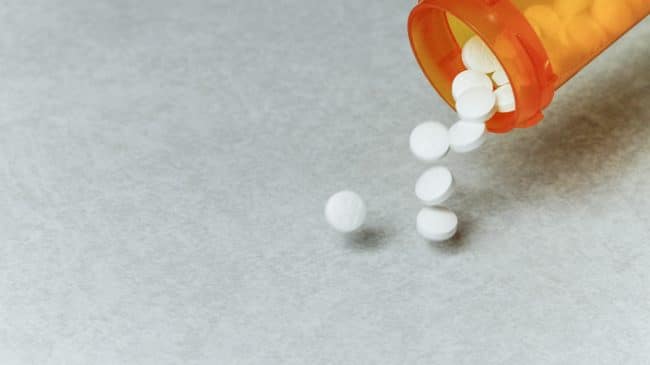Opioid deaths in Sarasota County have more than doubled since 2104, from nine per 100,000 residents to 22 per 100,000 in 2017.
That’s clearly a crisis that needs to be addressed. The standard playbook, which we have been following so far, is to double down on prohibition, trying to arrest more drug dealers and users. Never mind that decades of that approach have not reduced drug use or deaths.
The latest twist with opioids is to go after prescriptions, and the state has dramatically restricted opioid prescriptions and targeted pill mills.
While this may seem sensible, it ignores that last year in Sarasota County there were about 306,000 opioid prescriptions, while, based on national data, there were likely around 6,500 to 7,000 opioid abusers.
Roughly speaking, there are two abusers for every 100 legitimate pain patients. Surgery patients, accident victims, veterans, cancer patients, and chronic pain sufferers in vast numbers need opioids to manage their pain.
Asking doctors to take more care (tracking prescriptions, expanding education on careful use of prescription narcotics) makes sense. But limiting prescriptions intrudes on the doctor-patient relationship and leads many physicians to fear prescribing according to their medical judgment rather than the judgment of the Legislature.
Restricting access for the 100 to get at the two doesn’t work, either. Between 2011 and now, opioid prescription rates in Sarasota County declined 15 percent. For the first couple of years, opioid deaths fell, but in 2014 they spiked again, reaching a record high in 2017.
The same thing happened nationwide: As opioid prescriptions rates fell in the last few years, opioid deaths skyrocketed.
According to the Centers for Disease Control and others, this is at least in part because restrictions on prescription opioids drive some people to get other, much riskier, black-market opioid-based drugs.
Opioid death rates are rising much faster than the rate of opioid use — meaning opioid use is getting deadlier. Statewide in Florida, deaths from fentanyl, a particularly risky synthetic opioid, and similar drugs increased over 10 times between 2013 and 2017. These are overwhelmingly consumed in the black market.
It’s time to change approaches. Rather than doubling down on what hasn’t worked for decades, we need to embrace harm-reduction approaches.
That means dealing constructively with the problems of drug abuse, rather than trying ineffectively to stamp it out. It entails using public health options, including medical-assisted treatment, needle-exchange programs, safe-use sites, and deregulation of naloxone (a drug that revives those dying of an overdose). It means trying to help people get off drugs and, meanwhile, keeping them alive, rather than locking them up, which won’t help them.
Decades of international experience with these policies show they reduce overdose deaths, the spread of diseases, and abuse of drugs.
A Miami-Dade pilot project started in 2016 has proved this efficacy, replacing hundreds of thousands of dirty needles with clean ones, reversing more than 1,000 overdoses with naloxone, and enrolling over 1,000 drug abusers in programs to help them. The county saw a decline in opioid-related deaths while they spiked elsewhere in 10 states.
The state is taking an important step to helping Florida’s local governments pursue this approach. The state House and Senate have both passed version of a bill to expand this pilot program to counties that want it.
This would be a huge opportunity for Sarasota County to constructively and effectively tackle our increasing opioid crisis. We should grab it with both hands.
This article first appeared in the Sarasota Herald-Tribune.

